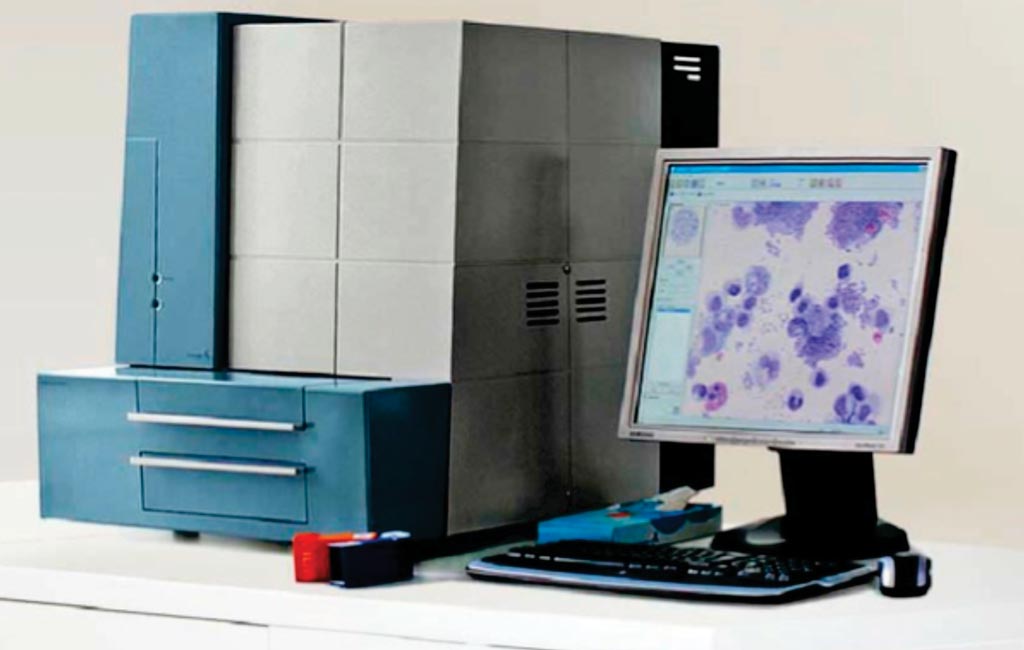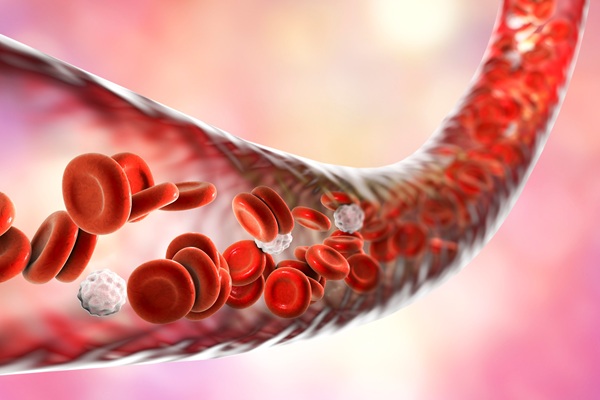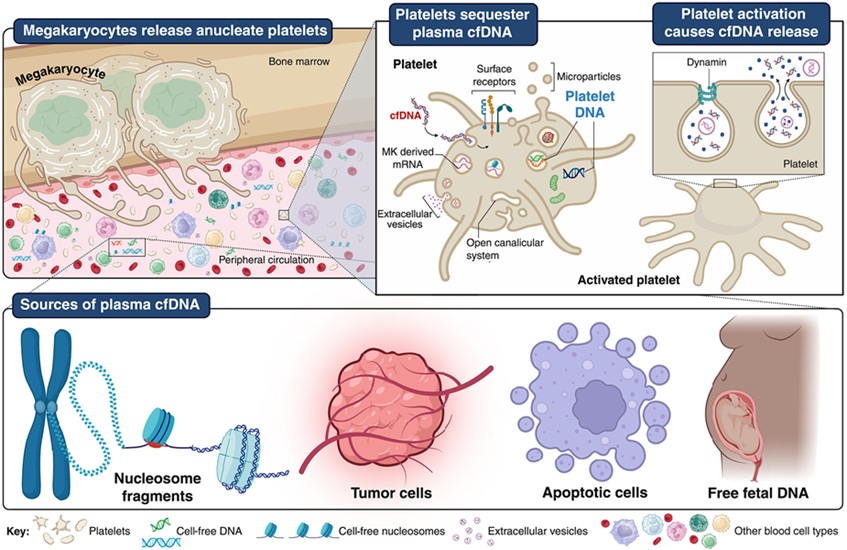Different Clinical Hematology Lab Configurations Compared
By LabMedica International staff writers
Posted on 22 Apr 2019
Automated hematology analyzers are key clinical laboratory instruments that measure blood counts, identify subsets of nucleated blood cells, and flag specimens for further manual analysis. These analyzers range in price and functionality.Posted on 22 Apr 2019
Examination of stained blood smears may be performed with a microscope or may be semi-automated with digital image analysis systems. The performance and costs of currently available analysis configurations with special focus on a proposed alternative using a minimal hematology analyzer plus a digital imaging device, allowing for remote oversight and interpretation has been compared.

Image: The CellaVision DM96 digital cell morphology system is designed to automate the time-consuming, manual effort associated with traditional microscopy (Photo courtesy of CellaVision).
Medical Laboratory scientists at the University of California, San Diego (La Jolla, CA, USA) and their colleagues used patient samples with orders for complete blood counts (CBCs) with white blood cell (WBC) differentials. During a 6-week period, a total of 206 blood samples were selected to represent a variety of clinical conditions, including samples with no abnormalities. The team wanted to determine whether low-volume laboratories might realize savings while gaining function by substituting commonly used configurations with a proposed alternative.
The investigators evaluated the performance of the proposed alternative configuration, blood counts with automated differentials produced by a Sysmex XE5000 (complete blood count reference method) were compared with cell counts from the Sysmex pocH-100i, CellaVision DM96 preclassified differentials, and DM96 reclassified differentials (differential reference method) by using standard regression analyses, 95% CIs, and truth tables. Financial cost modeling used staffing practices, test volumes, and smear production rates observed at remote clinics performing on-site hematology analysis.
The team reported that differential blood count parameters showed excellent correlation between the XE5000 and preclassification DM96. For blasts/abnormal cells, immature granulocytes, and nucleated red blood cells, the DM96 showed higher sensitivity and similar specificity to the XE5000. Cost modeling revealed that decreased personnel costs through remote monitoring of results facilitated by the DM96 would lead to lower operational costs relative to more conventional analysis configurations.
The authors concluded that the adoption of hematology analysis configurations including the CellaVision system at clinical sites with low to moderate daily testing volume (i.e., fewer than 100 tests per day) will likely lead to decreased costs, more efficient personnel utilization, and improved overall service (for example, decreased turnaround time and increased accuracy) as compared to configurations using either simple or complex hematology analyzers. The study was published on April 10, 2019, in the journal Archives of Pathology & Laboratory Medicine.
Related Links:
University of California, San Diego








 (3) (1).png)




